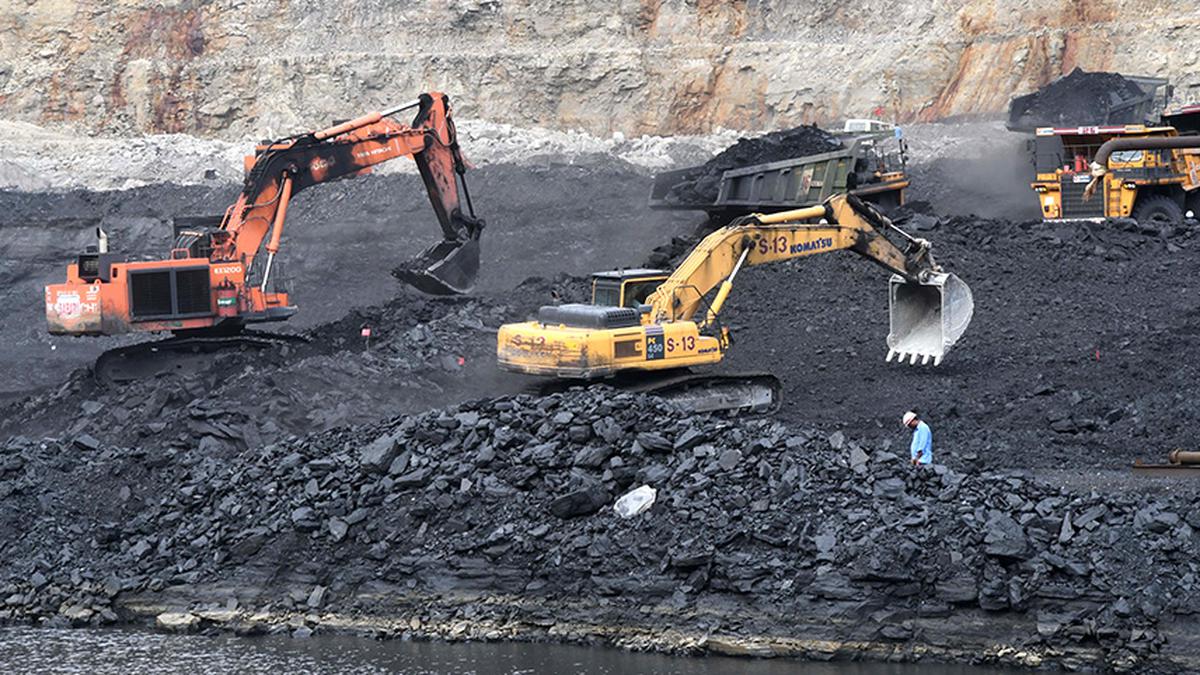November 24, 2023
Unraveling India’s Energy Quandary: Navigating Sustainable Development Amid Escalating Demands

Core Concept:
- Globally, the lion’s share of energy stems from fossil fuels, while renewable sources contribute a mere fraction. India grapples with a twofold challenge: catering to burgeoning energy needs while fostering sustainable development, its energy supply per capita trailing the global average.
Imperative of Electricity Security:
Stability and Affordability in Power Supply:
- India’s pivotal task involves ensuring an uninterrupted, cost-effective electricity supply to meet escalating demands. Despite ample potential in renewables, coal-fired thermal power plants dominate electricity generation, relegating renewables to a minor role.
Striking a Balance between Emissions and Progress:
- India’s cumulative emissions from fossil fuels and industry are relatively meager globally, underscoring its significance in global development. However, as it caters to a substantial portion of the world’s populace, achieving sustainable development transcends rhetoric.
Pondering Challenges and Strategizing:
Reliance on Critical Battery Components:
- The monopolization of grid-scale battery materials by a handful of nations poses energy security risks. While cost-effective batteries are anticipated post-2030, India must craft strategies to mitigate dependency on these pivotal resources.
Enhancing Efficiency and Expanding Nuclear Capacities:
- Augmenting thermal power plant efficiency, scaling up nuclear energy, and bolstering pumped storage stand as crucial strategies for integrating more renewables into India’s energy landscape.
Coal’s Pivotal Role in Power Generation:
- Forecasts hint at India’s national grid absorbing more renewable electricity by 2031-2032. Yet, disparities in costs vis-à-vis coal-fired thermal power plants pose significant hurdles. Moreover, India’s heavy reliance on indigenous coal reserves is slated for substantial growth.
Mitigating Coal-Related Concerns:
Navigating Coal Transportation Woes:
- The high ash content of Indian coal exacerbates erosion and operational challenges in thermal power plants. Transportation hurdles linked to the long-distance shipment of unwashed coal strain logistical systems and provoke environmental apprehensions. Proposing the shift toward supplying washed coal to plants located over 500 km away emerges as a viable emissions and pollution reduction tactic.
Conundrum of Flue-Gas Desulphurisers (FGDs):
- Despite lower sulphur content, emissions from Indian coal remain a concern due to tall stacks and weather conditions. Introducing FGDs in thermal power plants, while curtailing sulphur dioxide emissions, introduces trade-offs like escalated coal consumption, reduced efficiency, and substantial capital investment.
Charting the Course Ahead:
Harnessing Advanced Technological Frontiers:
- Harnessing technologies like Supercritical and Ultra-Supercritical stands as a potent means to significantly curtail carbon emissions from power generation.
Carbon Capture through IGCC:
- Integrated Gasification Combined Cycle (IGCC) plants hold promise in capturing CO2 emissions, thereby facilitating low-carbon electricity production.
Governmental Encouragement:
- Advocating initiatives such as IGCC or Advanced Ultra-Supercritical Technology (AUSC) before 2030 via governmental incentives stands pivotal in fostering low-carbon pathways.
Conclusive Thoughts:
- The conundrum of global warming transcends coal, encompassing all fossil fuels. Adhering to the principle of “common but differentiated responsibilities” is pivotal in guiding global climate change endeavors. India’s trajectory toward low-carbon development emerges as an indispensable factor in effectively combatting climate change.
January 30, 2025
January 20, 2025
January 14, 2025
